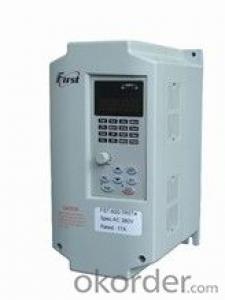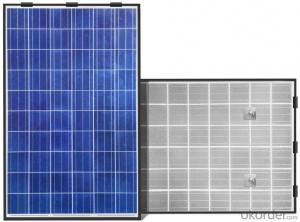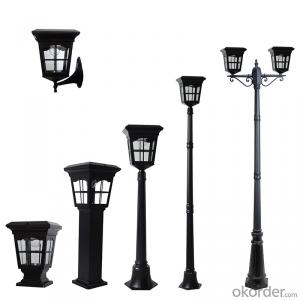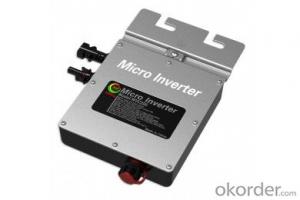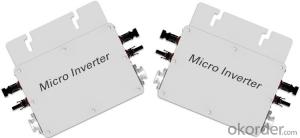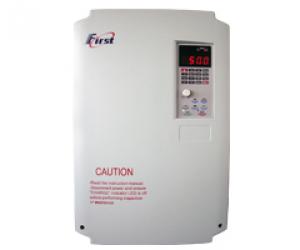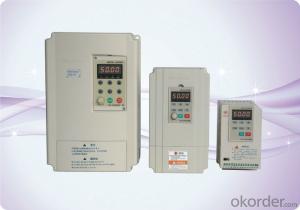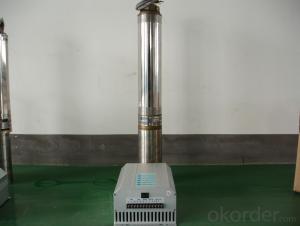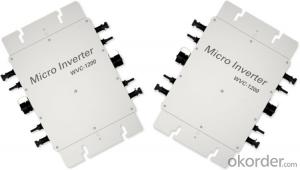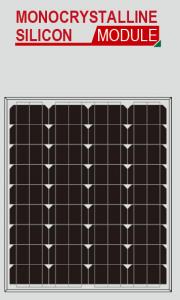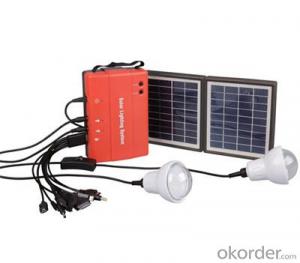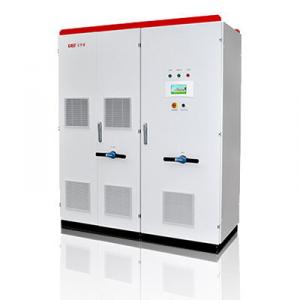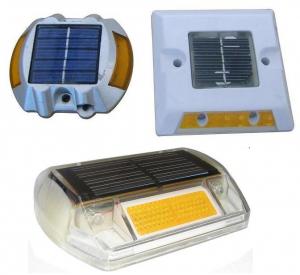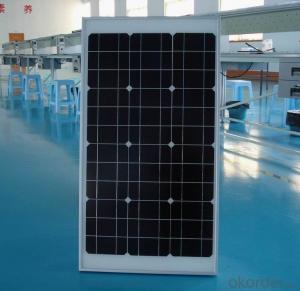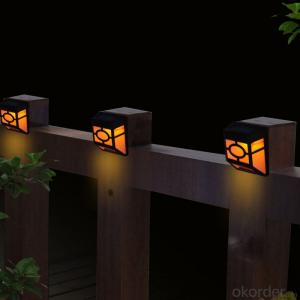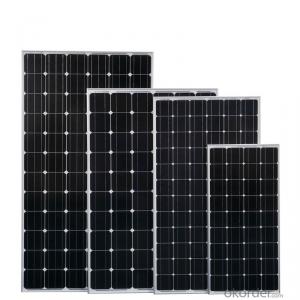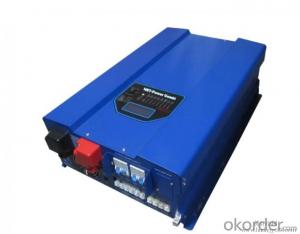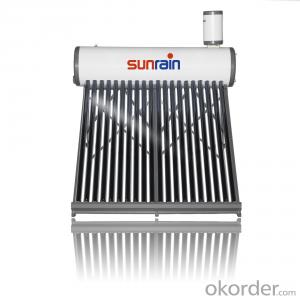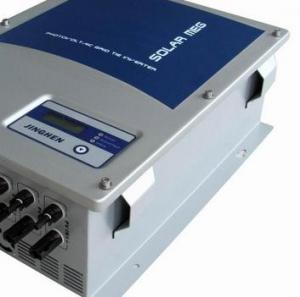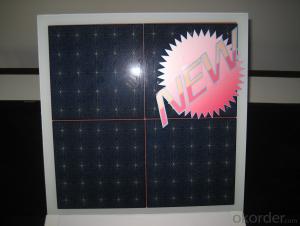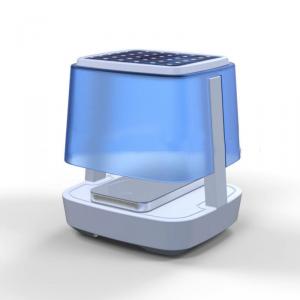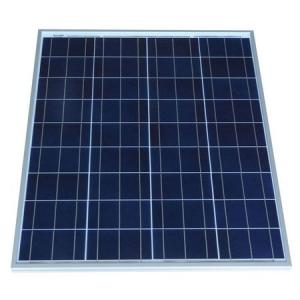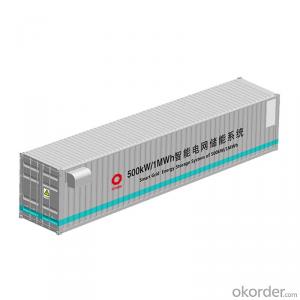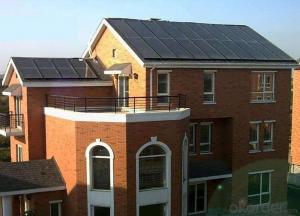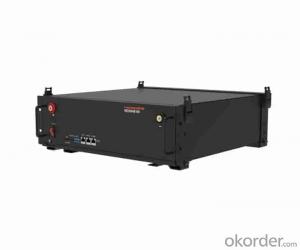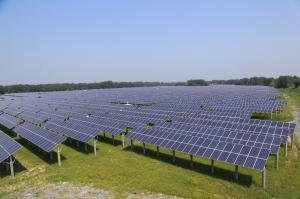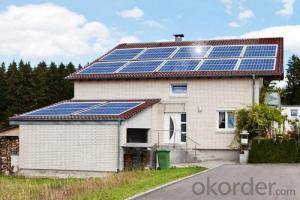Cheap Solar Micro Inverter
Cheap Solar Micro Inverter Related Searches
Cheap Solar Inverter Cheap Solar Power Inverter Best Solar Micro Inverter Micro Solar Inverter Price Micro Solar Inverter Solar Micro Inverter Price Solar Micro Inverter Cost Micro Inverter For Solar Panel Solar Micro Inverter Solar Inverter Low Price Cheap Off Grid Solar Inverter Mini Solar Inverter Mini Solar Inverter For Home Small Solar Inverter Price Solar Smart Micro Inverter Micro Inverter Solar Solar Mini Inverter Solar Mini Inverter Price Micro Inverter Solar Kit Mini Solar Inverter Kit Mini Inverter Solar Solar Cell Micro Inverter Best Budget Solar Inverter Small Solar Inverter Solar Inverter Mini Solar Panel Micro Inverter Cheap Solar Cells Cost Solar Inverter Small Solar Panel Inverter Mini Inverter Solar PanelsCheap Solar Micro Inverter Supplier & Manufacturer from China
Cheap Solar Micro Inverters are compact and cost-effective devices that play a crucial role in the solar energy industry. These inverters are designed to convert the direct current (DC) generated by solar panels into alternating current (AC) that can be used by homes and businesses. They are particularly useful in scenarios where space is limited or where individual solar panels need to be monitored and controlled separately. This makes them ideal for small-scale solar installations, such as those found on residential rooftops or in remote areas where grid connection is not feasible.The application of Cheap Solar Micro Inverters extends to various usage scenarios, including residential solar systems, commercial installations, and off-grid applications. They are particularly beneficial in situations where shading or soiling affects the performance of individual solar panels, as each inverter can optimize the output of its corresponding panel. This results in increased efficiency and reduced energy loss, making them a popular choice among solar enthusiasts and professionals alike.
Okorder.com is a reputable wholesale supplier of Cheap Solar Micro Inverters, boasting a large inventory that caters to the diverse needs of customers worldwide. With a commitment to quality and customer satisfaction, Okorder.com ensures that the products they offer meet the highest industry standards. Their extensive range of Cheap Solar Micro Inverters makes them a one-stop-shop for those looking to invest in reliable and cost-effective solar energy solutions.
